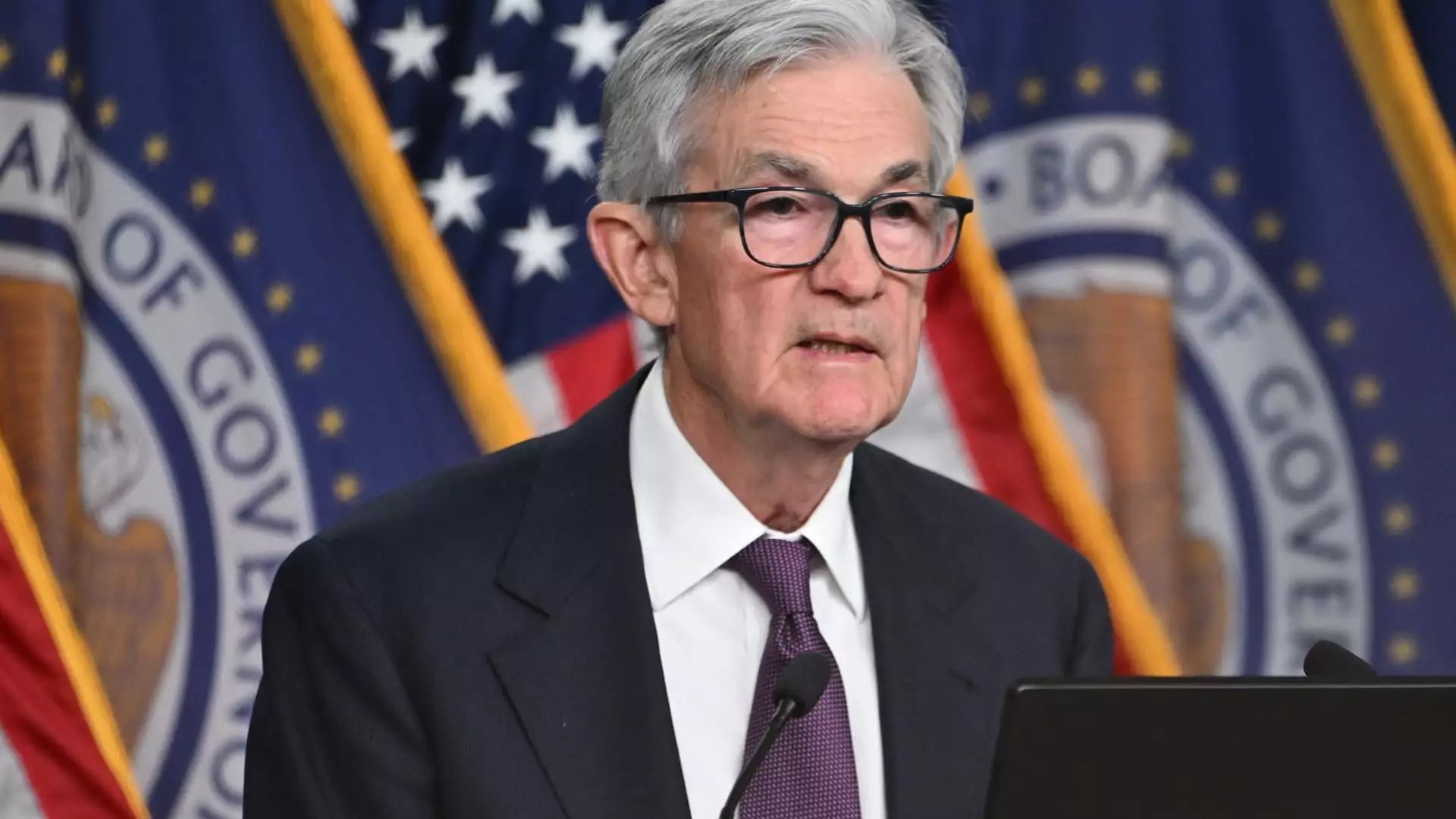On Wednesday, the Federal Reserve announced a significant monetary policy shift by reducing its key interest rate by a quarter percentage point. This marks the third consecutive cut in a series that has generated considerable speculation in financial markets. The new target range for overnight borrowing now stands at 4.25%-4.5%, reverting to levels seen in December 2022 when the rate trajectory began its ascent. Despite the expected nature of the decision, market participants are closely analyzing subsequent Fed communications to gauge future policy directions amid persistent inflation and robust economic growth—conditions that typically do not warrant rate cuts.
During the latest Federal Open Market Committee (FOMC) meeting, the Fed unveiled their revised expectations for the future trajectory of interest rates. According to the revered “dot plot”—a matrix showcasing individual members’ rate aspirations—the Fed anticipates only two additional rate cuts in 2025, a downward revision from previous forecasts made in September. These projections indicate a cautious approach towards monetary easing, suggesting a potential reduction rhythm marked by quarter-point decrements through 2027. The median estimate for a long-term “neutral” federal funds rate has shifted slightly upwards to 3%, hinting at broader expectations for future economic conditions.
Chairman Jerome Powell highlighted the committee’s pivot, asserting, “With today’s action, we have lowered our policy rate by a full percentage point from its peak, and our policy stance is now significantly less restrictive.” His remarks signal a thoughtful recalibration of the Fed’s stance amidst signs of economic stability. However, in a reaction that indicates market skepticism, major stock indices experienced a notable decline post-announcement, with the Dow Jones Industrial Average dropping over 1,100 points, while Treasury yields surged.
The juxtaposition of the Fed’s decision against market behavior raises several questions. Wall Street’s response—marked by a sharp sell-off—has led analysts to scrutinize the market’s interpretation of the Fed’s cautious narrative. Futures markets revised downward their expectations for future rate cuts, suggesting doubts about aggressive monetary easing continuing in the near term.
As Governor Michelle Bowman and Cleveland Fed President Beth Hammack voiced dissent against the recent rate decision, it underscores an ongoing internal debate within the FOMC. The increasing divergence of opinions exposes the complexity of current economic dynamics and the challenges faced by the Fed in steering the economy.
Moreover, the relationship between the Fed’s rate decisions and broader consumer finance is crucial. Adjustments made to the federal funds rate resonate through various forms of debt—including mortgages, credit cards, and auto loans—affecting American households directly. This ripple effect underlines the power and responsibility of the Fed in navigating rates not only with precision but also with an awareness of its societal implications.
The economic backdrop against which the Fed is recalibrating its monetary policy is multifaceted. Despite a reduction in the key interest rate, inflation remains elevated beyond the Fed’s target rate of 2%. Recent adjustments in the Fed’s economic projections have raised growth expectations for the full-year 2024 GDP to 2.5%, significantly above previous estimates. However, as the committee anticipates a gradual slowdown towards a long-term projection of 1.8% growth, it raises concern over whether the Fed is acting too cautiously amidst apparent inflationary pressures.
A notable point raised in the FOMC’s deliberations includes a decreasing unemployment rate expectation, now set at 4.2%. Yet, the palpable signs of inflationary pressures necessitate a delicate balancing act for policymakers. Even more compellingly, the Fed is becoming increasingly aware of potential inflationary impacts of fiscal policies introduced under President-elect Donald Trump, which could further complicate their operational landscape.
Powell’s commentary accurately reflects a broader sentiment within the central bank: a measured and prudent assessment of ongoing economic conditions is essential before making further drastic monetary policy changes. His emphasis on a deliberate pace—and the need to gauge the impact of emerging fiscal policies—is critical to ensure that the economy does not encounter an unnecessary slowdown due to overly aggressive interest rate cuts.
The Federal Reserve is maneuvering through a complex economic environment defined by inflationary concerns and robust growth indicators. As they proceed with measured adjustments within monetary policy, watching for signs from both the economic landscape and market reactions will be crucial in informing their forthcoming decisions. The upcoming years will undoubtedly pose challenges as the Fed navigates these turbulent waters, ensuring that they remain committed to achieving their dual mandate of stable prices and maximum employment.

Leave a Reply